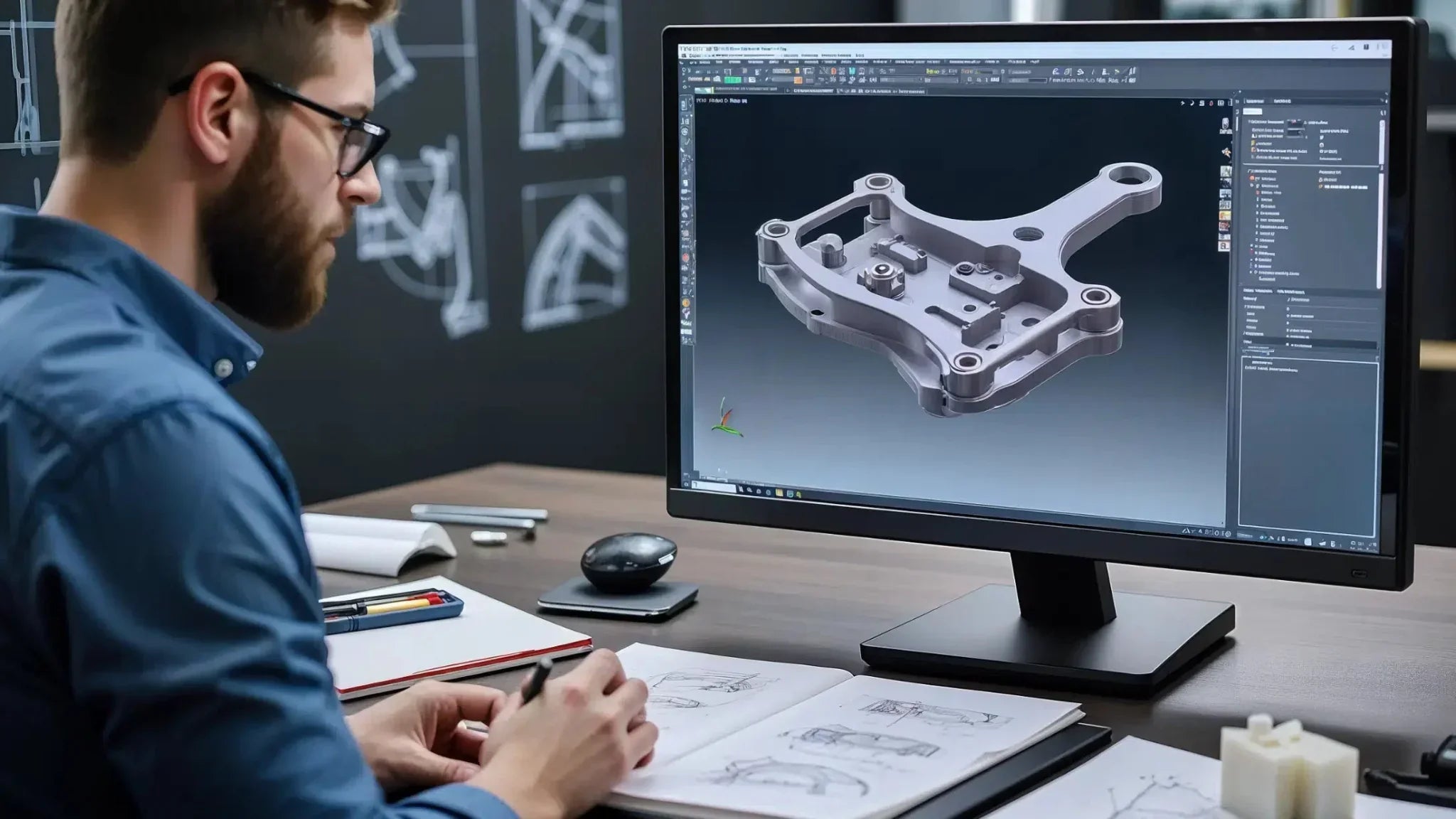A Guide to 3D Printing Technologies: Which Method Fits Your Project?
3D printing has revolutionized product development and manufacturing by offering faster and more flexible production methods. But with several different 3D printing technologies available, it can be challenging to choose the right method for your project. In this guide, we’ll review the most popular 3D printing technologies, their advantages and disadvantages, and when they are best suited.
1. What is 3D Printing and Why is it Relevant?
3D printing, also known as additive manufacturing, is a technology where a physical object is built layer by layer based on a digital model. This method has gained wide popularity because it allows for rapid prototyping, custom manufacturing, and production of complex geometries that would be impossible or very costly to produce using traditional manufacturing methods like injection molding or CNC machining.
3D printing is used in a wide range of industries, including automotive, aerospace, medical technology, construction, and consumer electronics. The technology enables companies and individuals to manufacture unique and functional components without investing in expensive tooling and production facilities.

2. FDM (Fused Deposition Modeling)
FDM is the most widely used 3D printing technology and works by melting and extruding plastic filament, which is built up layer by layer.
Advantages:
-
Inexpensive and accessible technology, making it popular among hobbyists and startups.
-
Ideal for rapid prototypes that don’t require extremely high detail.
-
Supports a wide range of materials such as PLA, PETG, ABS, TPU, and specialty filaments like wood- or metal-filled plastics.
-
Easy to set up and requires minimal maintenance.
Disadvantages:
-
Visible layer lines on finished parts, which may require post-processing for a clean finish.
-
Limited detail compared to other technologies like SLA and SLS.
-
May require support structures for complex models with overhangs, increasing print time and material usage.
Best suited for:
-
Concept models and prototypes where speed is more important than precision.
-
Functional prototypes where the material's mechanical properties matter.
-
Home use and hobby projects.
3. SLA (Stereolithography)
SLA uses a UV laser to cure liquid resin layer by layer, resulting in extremely high detail and smooth surfaces.
Advantages:
-
Extremely high precision, making it ideal for detailed models and small components.
-
Smooth surfaces without visible layer lines.
-
Great for producing fine and complex geometries.
-
Availability of specialty resins with unique properties such as flexibility, high-temperature resistance, or biocompatibility.
Disadvantages:
-
Materials can be brittle, especially standard resins not designed for mechanical stress.
-
Post-processing and UV curing are necessary to achieve optimal material strength.
-
More expensive than FDM in terms of printers and materials.
Best suited for:
-
Jewelry, dental applications, and other use cases requiring fine details.
-
Medical models and custom implants.
-
Design prototypes where visual aesthetics are critical.
4. SLS (Selective Laser Sintering)
SLS uses a laser to sinter powdered material, typically nylon, enabling the production of strong and functional parts without the need for support structures.
Advantages:
-
No need for supports, as the unsintered powder acts as support during printing.
-
Strong and flexible components with high mechanical strength.
-
Ideal for functional prototypes that must withstand stress and wear.
-
Suitable for small-batch production, as multiple parts can be printed in one batch.
Disadvantages:
-
Expensive equipment and higher material complexity compared to FDM and SLA.
-
Requires post-processing to achieve optimal finish, as the surface often has a grainy texture from the powder.
Best suited for:
-
Industrial prototypes where mechanical properties are essential.
-
Functional parts requiring strength and flexibility.
-
Small-scale production of custom components.
5. Other Advanced 3D Printing Technologies
-
MJF (Multi Jet Fusion): Uses a combination of ink and heat to melt powder material, allowing strong and accurate parts to be produced.
-
DMLS/SLM (Direct Metal Laser Sintering/Selective Laser Melting): Use lasers to melt metal powder layer by layer, enabling the production of strong metal parts.
6. How to Choose the Right 3D Printing Technology
When choosing a 3D printing technology, consider the following:
-
Purpose of the print – Is it a prototype, a functional part, or a visual design?
-
Material requirements – Should it be flexible, durable, heat-resistant, or lightweight?
-
Level of detail – How much precision do you need?
-
Budget – FDM is often the cheapest solution, while metal 3D printing is among the most expensive.
-
Post-processing – Some technologies require more finishing than others.
7. Conclusion
3D printing is a versatile technology with many applications, but the choice of method depends on your specific needs. FDM is a great solution for inexpensive prototypes, while SLA delivers high detail. SLS and MJF are ideal for functional parts, while DMLS/SLM enables production of strong metal components.
Need guidance on choosing the right technology? Contact Maker Factory today!



Share:
How to Use 3D Printing for Faster Product Development and Prototyping
3D Printing Materials: Which Filament or Resin Should You Choose?